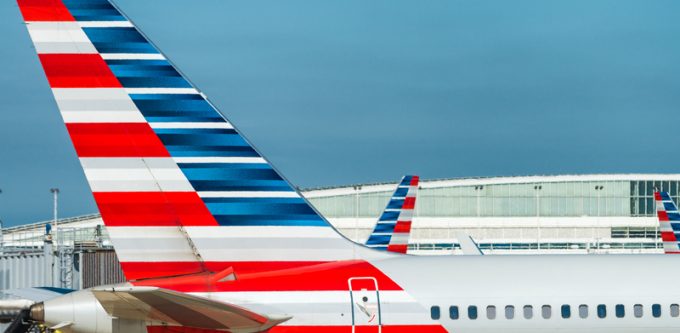CMA CGM will carry on investing after 'solid' Q1, despite unclear outlook
CMA CGM’s shipping line was exactly in line with the average market growth in Q1, ...

The unexpected spike in volumes during November and December failed to stem the decline in the cargo revenue of the big three US airlines in the fourth quarter, despite increases in traffic – all saw a double-digit decline.
And their freight revenue for the full year ...

Comment on this article